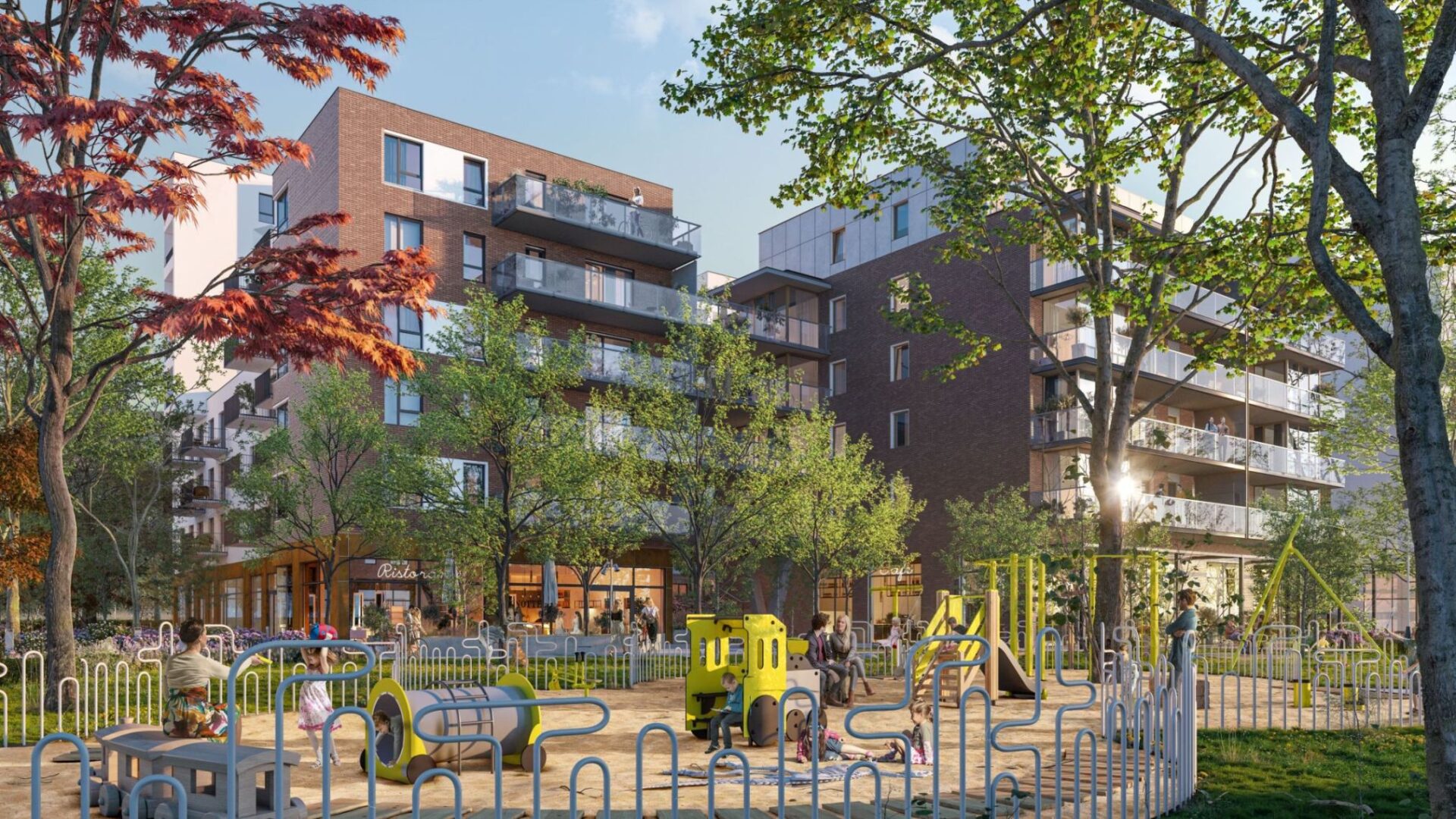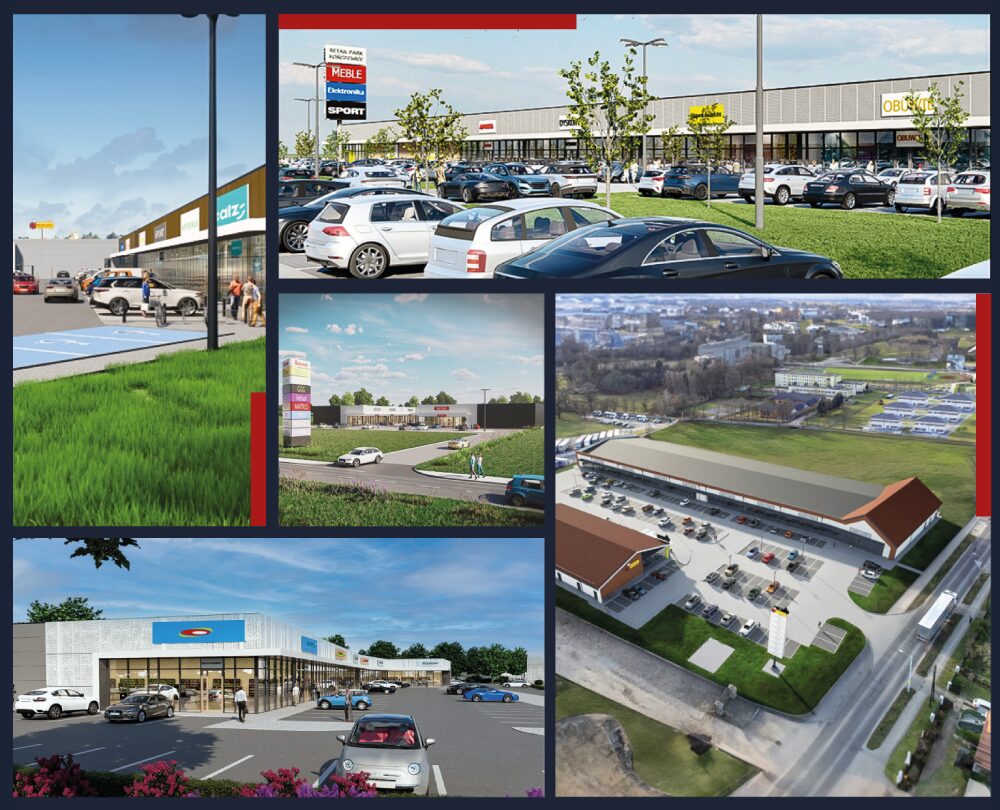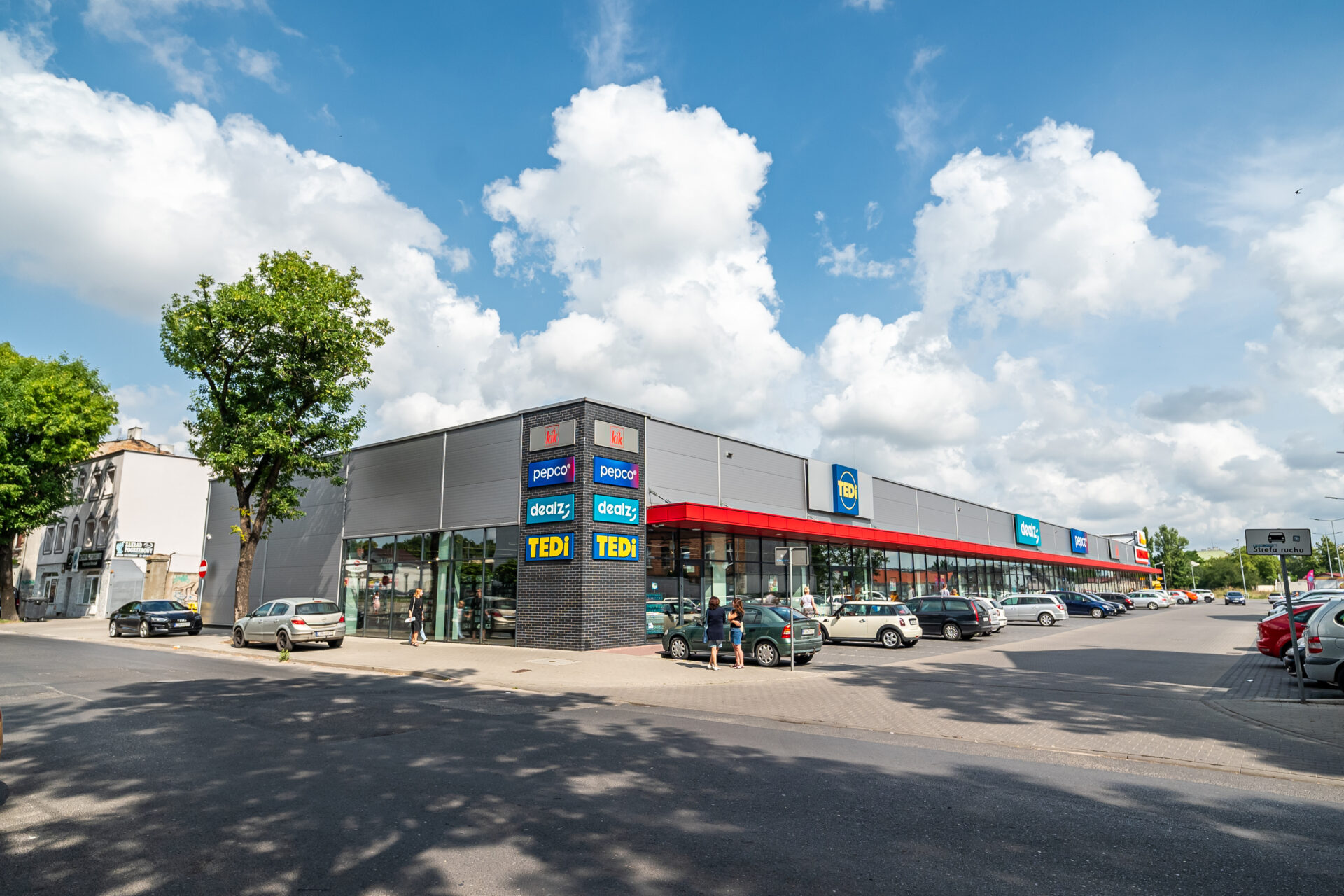The large amount of new retail completions in Moscow in 2016 reflects on vacancy growth, according to CBRE, which summarized Q1 2016 results in Moscow’s retail Market. According to the report, by the end of Q1 2016 the average vacancy rate declined and reached 9.2 percent.
The vacancy rate reduction was recorded in new projects, from 18.4 percent to 21.2 percent. At the same time, this indicator increased in shopping centres delivered earlier than 2014, from 7.1 percent to 6.4 percent.
In Q1 2016 no new shopping centres were delivered in Moscow. By the end of 2016 at least 6sixshopping centres with a high stage of readiness are expected to be opened: Okeania (ex- Gallery Kutuzovskiy, 60,000 sqm), Khorosho (52,000 sqm), Butovo Mall (57,000 sqm), Riga Mall (80,000 sqm), and the 2nd phase of Fashion House Outlet (4,500 sqm). Riviera (100,000 sqm rentable area) was opened in Moscow on the 15th April 2016.
Taking into the account the number of new shopping centres to be delivered in the Moscow Region by the end of 2016 the average vacancy rate in Moscow shopping malls may increase to 11 percent, as new projects are expected to open with 40-60 percent vacancy rates.
The prime rental rate in Moscow shopping centres in Q1 2016 remains at $1,650/ sqm/ pa.
In Q1 2016 retailer activity remained the same as H2 2015. Eight new international brands opened their first stores in Moscow in Q1 2016. In addition, six new international retailers announced their plans to enter the market during 2016: Walt Disney, Newby London, Lillapois, NYX, and Hunkemöller и Undiz.
Among foreign brands, Stockmann announced in Q1 their plans to close their Lindex stores. A year earlier, Stockmann did the same with its Seppälä brand in Russia, as well as sold its retail business to Debenhams.
Olesya Dzuba, Director, Strategic Analysis and Planning Department CBRE in Russia, commented: “New shopping centres are now offering very favourable commercial terms for new outlet openings. That was the reason for the vacancy rate decline in new shopping centres (to 18.4 percent in Q1 2016 from 22.1 percent at the end of 2015), which usually are represented by modern design and concept, better thought out floor plans, and enough parking spaces. The main factors forming the rental payment in the shopping centre under construction are its stage of construction and occupancy rate, the concept quality and its positioning, which directly affect retailer turnover.”







